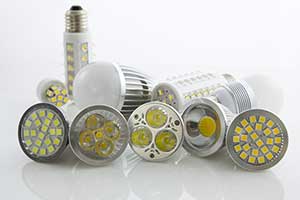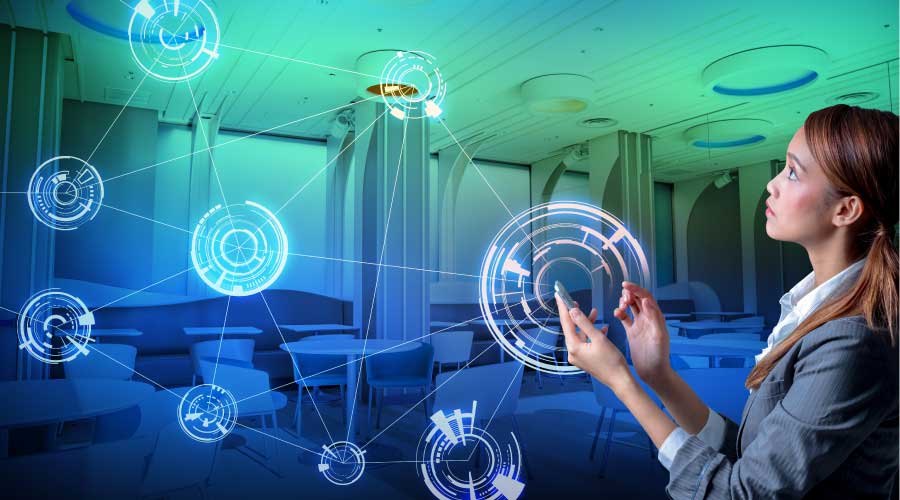Making LEDs Work at Your Facility
Part 1 of a 3 page article covering the product options associated with LEDs
LED lighting options have expanded rapidly in recent years to meet demands in institutional and commercial facilities for greater lighting system energy efficiency and reliability. Maintenance and engineering managers involved in lighting upgrades must carefully consider LED options and opportunities in order to maximize their organizations' investments in the upgrade.
By understanding LED applications for facility interiors and exteriors and taking steps to determine potential savings from using LED products, managers can avoid common mistakes related to LED specification and installation.
Eye On Applications
LED lighting applications are becoming more numerous than ever as the technology expands to cover a broader range of sizes, wattages, and socket and fixture configurations. Managers have become more interested due to cost considerations as energy rates have increased dramatically and as the federal government implements energy-efficiency initiatives.
LEDs offer an attractive alternative to the product they replace. For example, manufacturers no longer can produce some fluorescent tubes first introduced in the 1930s, T12s, nor can they be imported from other countries that still produce them. Fluorescents also produce a great deal of heat, with temperatures of more than 100 degrees at the sockets.
LEDs offer an efficient alternative and have become the replacement of choice for managers looking to replace the incandescent lights, metal halide, and obsolete T12s in order to also save money. LEDs generate little heat, so most of the energy they consume produces light.
The new options now show up in light fixtures and accent lighting, as well as shop worklights, flashlights, and control indicators. Among the popular indoor applications for LEDs include garages, reception areas, halls, lobbies, storage areas, sheds, and elevator car ceilings. Outdoor applications around facilities include: security lighting for entries, parking lots, and walkways; accent lighting for signs; and landscape lighting.
Related Topics:















